Vanessa Donoso Lopez: I shall change the way things are ordered
Kevin Kavanagh Gallery, Chancery Lane, Dublin
★★★★★
The starting point for Vanessa Donoso Lopez's I shall change the way things are ordered is the Mesopotamian epic of Gilgamesh, celebrated as the first great documented literary work. It could be that Donoso Lopez was taken with it partly because it was inscribed on clay tablets, and she was working with clay as a widespread, malleable, versatile material of utility, expression and communication. But the epic is also extraordinarily resonant, its super-hero, love, death and otherworldly quest narrative showing clear links to biblical stories and widely distributed mythological tales.
These various qualities echo Donoso Lopez’s interest in clay as being both different, with huge local variations (she’s worked with clay from locations in Spain and Ireland), and the same, in that it’s ubiquitous and commonly employed pretty much everywhere. A bit like human beings, which is presumably part of her underlying point.
The work she has made, a series of coloured clay sculptural pieces in small vitrine cubes, and a series of watercolours, forms a charming exhibition, a description that could sound patronising but is not in the least. The show works beautifully as an installation and it is charming, gathering momentum as you make your way through it, with an engagingly playful air and a doll-like quality to the sculptural pieces.

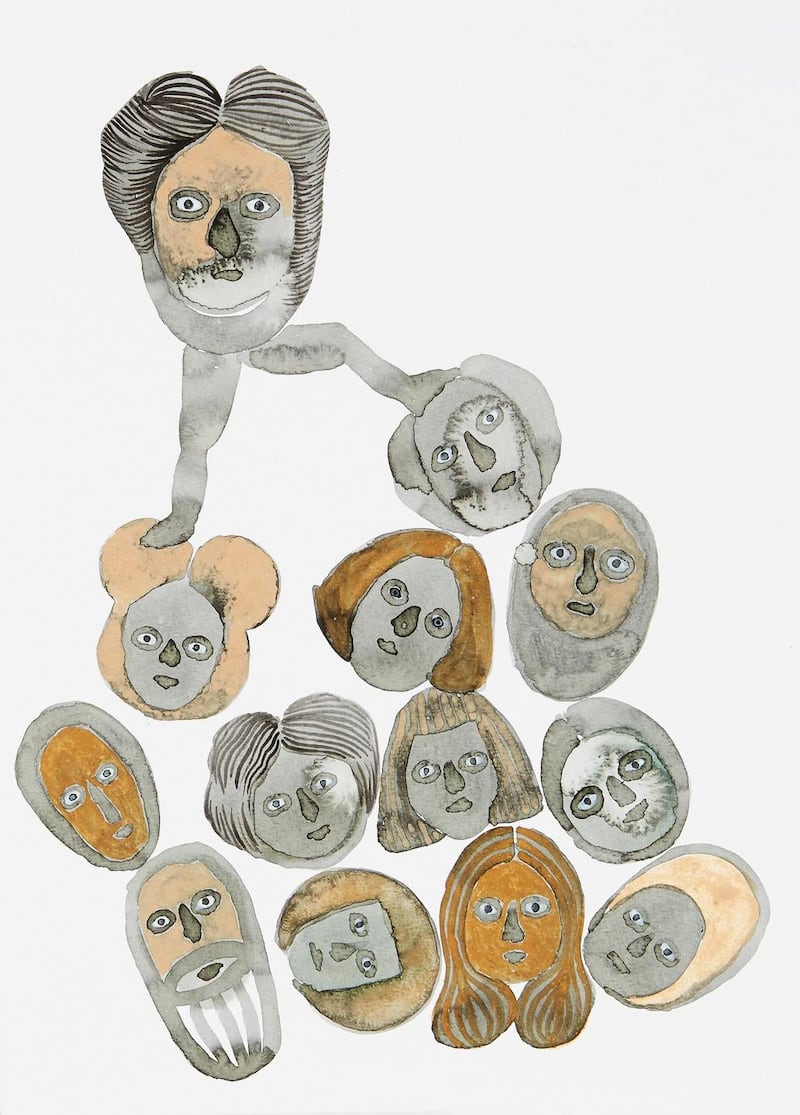
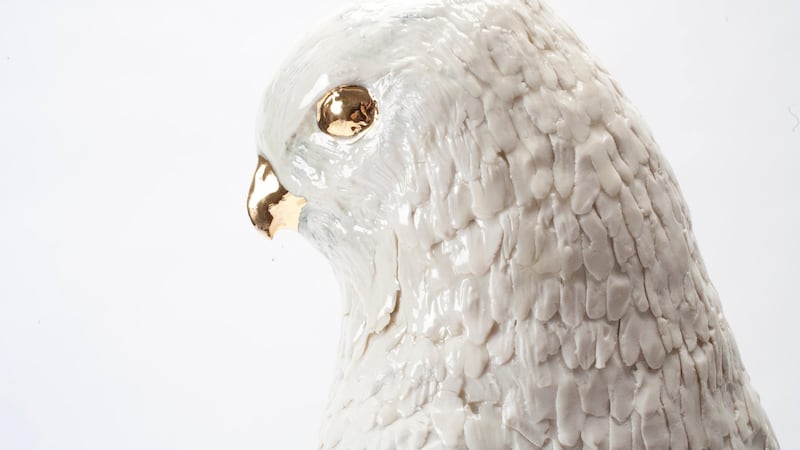
She has created a cohesive imaginative world around the epic, visualising Gilgamesh and other protagonists, notably Utnapishtim, a precursor of the biblical Noah, who is charged by the god of water and knowledge to build an ark and save people, animals and crops from a coming flood.
Using coloured inks infused with dissolved clay, Donoso Lopez creates radiant taxonomic studies of animals, plants and stones. Similarly, in the vitrines, the world of the epic is ingeniously fleshed out in great detail, by virtue of the variations in tone and colour of the different clays. It all amounts to rich, enveloping experience, a venture into the epic rather than representation of it. Until April 21st. kevinkavanaghgallery.ie
Keith Wilson and Claire Curneen
Oliver Sears Gallery, 29 Molesworth St, Dublin
★★★★
Going by his CV, Keith Wilson studied visual communications (what used to be called graphic design) and illustration rather than fine art, but he turned fairly quickly to painting, and his work has never shown any sign of being the lesser for his lack of a formal painting degree. In fact, from early on, apart from his technical excellence, he has displayed a sure and consistent sensibility.
At first glance, you might have described him as a landscape painter of limited scope. He favoured fairly close-up views of nondescript pieces of rural terrain, often casting his eyes downwards across uneventful tracts of ground: grassland, pools of rainwater, boundary ditches.
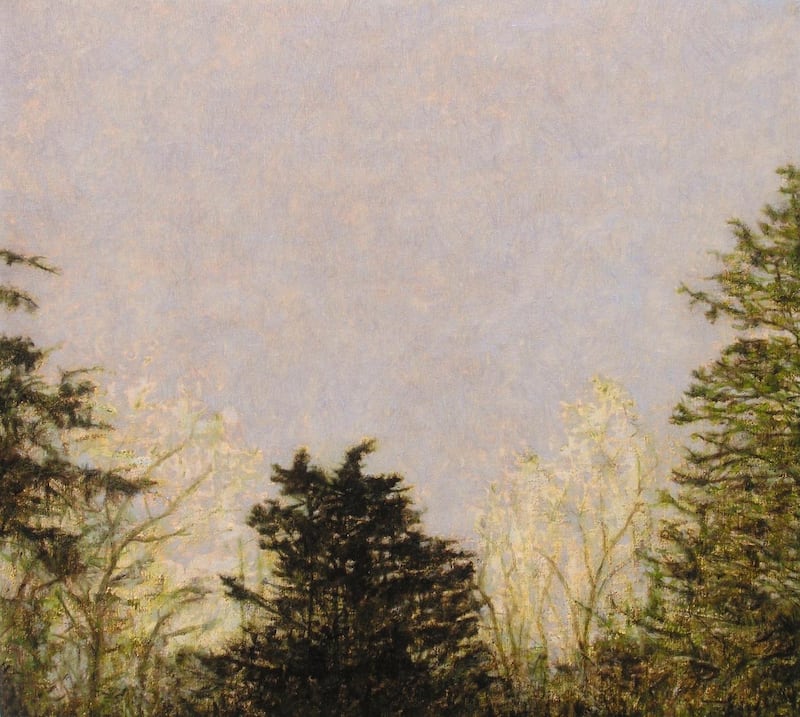
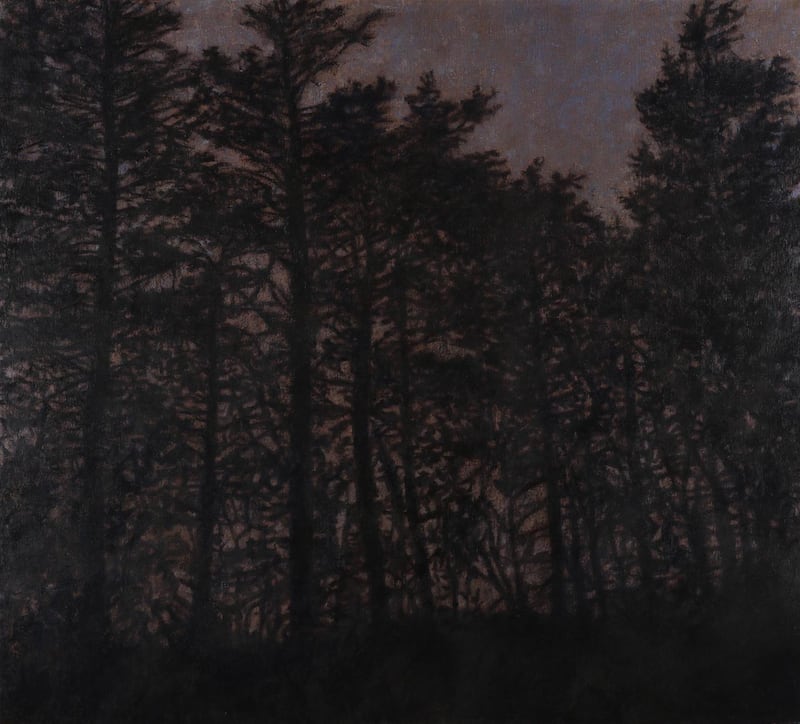
His scope was not limited, however, and there was, and is, a universality that emerges through his concentrated attentiveness to the nuances of texture, light and change. Place comes into it, but only insofar as what he does depends on his observing the spaces around him habitually and continually. As far as one can tell, he is not interesting in place in the sense of cultural identity, say, more a particular place as it reflects changes over time.
He shares the Oliver Sears Gallery with Claire Curneen. It is not a two-person show, rather two interwoven solo shows that work very well together. Wilson shows three distinct bodies of work. Light Falling is a series of conté drawings around his rural home and studio. As the title indicates, they are studies of light and shade, made with calm, patient precision. In mood and tenor they recall Giorgio Morandi's superb etchings, and to his credit Wilson doesn't come badly out of any comparison. It holds true as well for another series of pieces that switches the title words around: Falling Light, a set of small oil on panel paintings that take us indoors and record changes in light, colour and tone in a sky-lit room.
As with the conté drawings, they are individual pieces and, again as with the drawings, they work incredibly well as an ensemble. Also on view are a number of paintings of sections of the landscape, mostly trees, sometimes silhouetted against the sky, always perfectly judged.
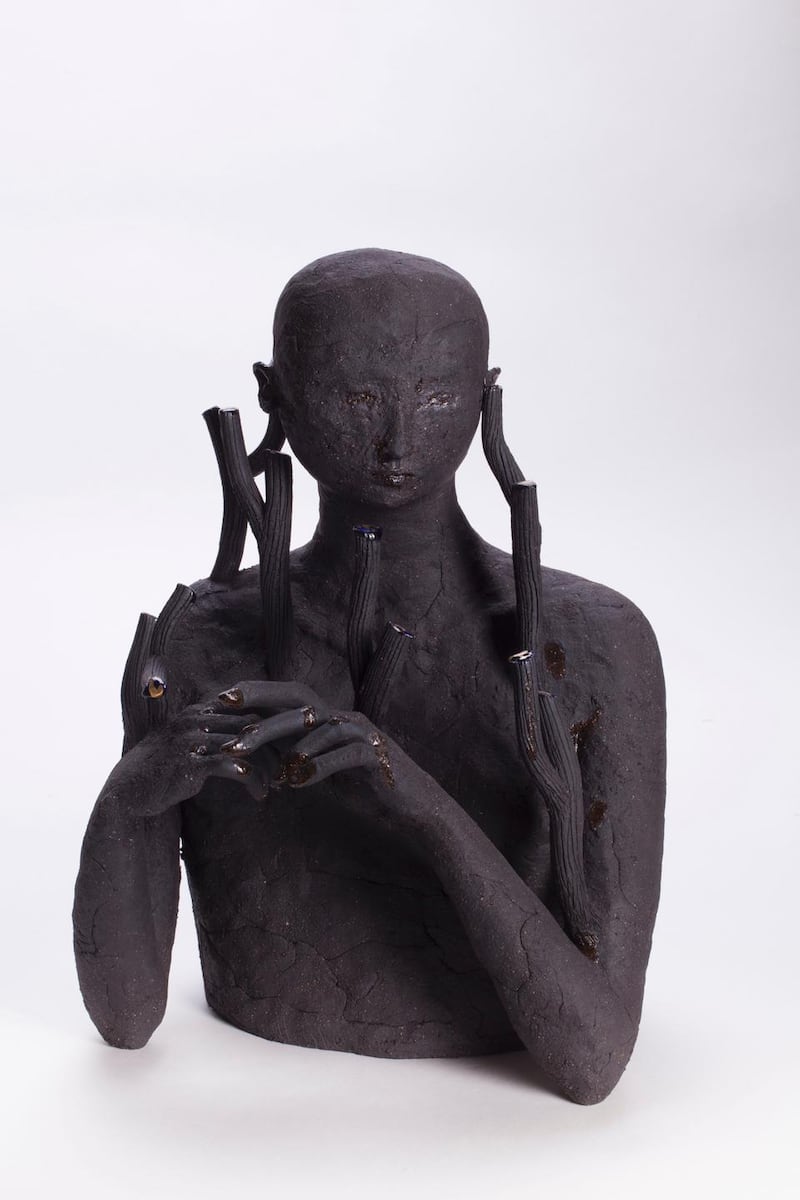
Curneen strikes a different note but again the quality of her work is unmistakable. Her centrepiece, Baroque and Berserk, is a riotous porcelain diorama – not something you'd stumble across every day, for sure. Her porcelain and black stoneware sculptures are grounded in classical mythological and baroque imagery as a means of entry into themes of birth, death and the dramatic, perilous experiences in between. Of her diorama, a slice of "fragmented reality" she says: "Figures jostle with birds, trees, branches and broken pottery; the status quo has been disrupted." It delivers on that promise, and then some. It's a bravura work that should be in a public collection, but it does not overshadow her exquisite individual figures. As in Daphne, whose stoneware head and torso is in the process of transformation into a laurel, her arms and body sprouting branches. There's a pleasing, Italianate quality to Curneen's figures, which are not a million miles from Janet Mullarney's sculptures. Daphne seems to be an important protagonist for her, with Daphne-esque hints to her Bird Figure, as well. This androgynous figure wears a detachable, owl-like helmet and mask, suggesting an association with the sagacious, benevolent deity Minerva.
Empty Tomb is a body pierced through with wounds; Ancient Plaything is a figure caught falling backwards, arms extended, quite like one of those hapless people buried in volcanic ash in Pompeii. Curneen's detailing and use of materials is superb. Each piece has a formidable, considered emotionally enriched presence, but is also delivered with imaginative audacity. Until May 3rd. oliversearsgallery.com













